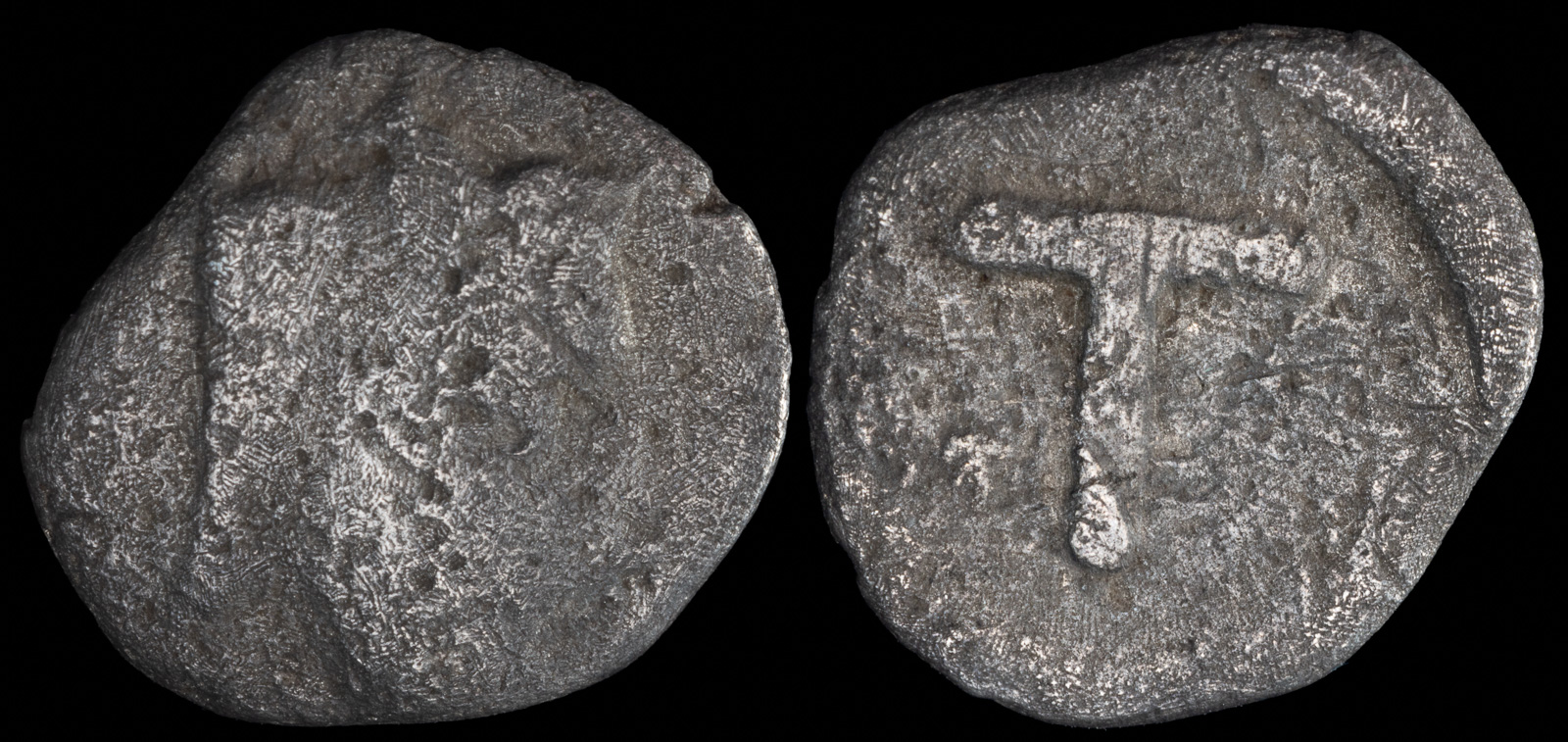Acheloos
View All Tags
He was a son of the Titans Oceanus and Tethys, who are the primordial deities of water and is often depicted as a powerful man with a bull’s head or horns, reflecting his strength and connection to rivers. In some representations, he also has serpentine or fish-like features, emphasizing his aquatic nature. He symbolizes the untamed, unpredictable power of rivers and the life they sustain. He also represents the fluidity and adaptability of water.
Acheloos is best known for his battle with Heracles over the love of Deianeira. The two fought, and during the struggle, Acheloos transformed into various forms, including a bull. Heracles ultimately defeated him by breaking off one of his horns, which was later turned into the Cornucopia, a symbol of abundance and nourishment.
Acheloos is also said to be the father of the Sirens, the enchanting creatures known for their singing. In some accounts, their mother is one of the Muses or a mortal woman.
The Achelous River, which bears his name, is located in western Greece and is one of the longest rivers in the country. It has been a vital resource throughout history, and its significance is echoed in Acheloos’s mythological prominence.

Akarnania, Stratos
circa 425-380 BCE
AR Trihemiobol 10mm 0,86g
Obv: Horned and bearded head of the river god Acheloos to right.
Rev: Large T (denomination) flanked by oak (?) branch or bunch of grapes.
Apparently unpublished. For type: Cf. BCD Akarnania 357 and 358.3